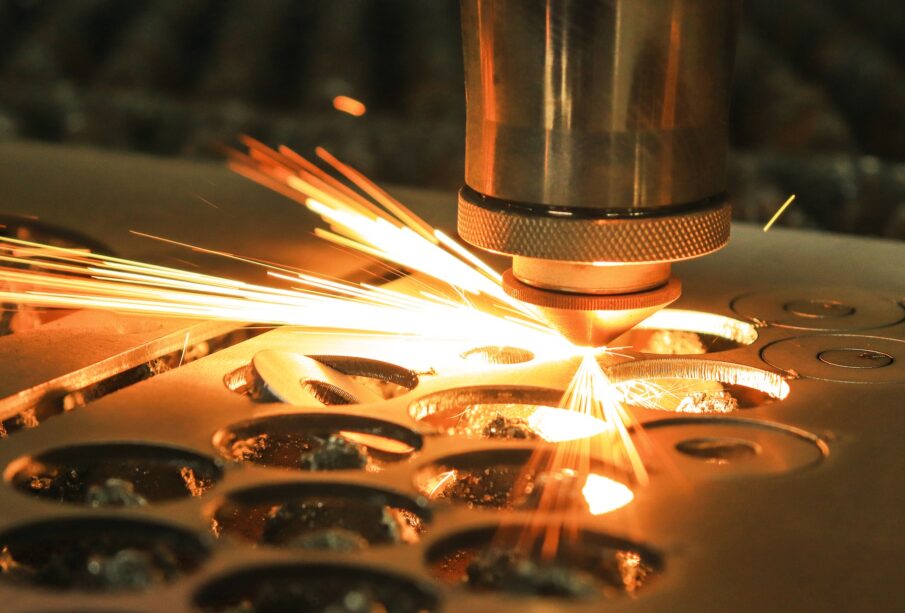Tips for Using Laser Cutters

People who wanted to make custom creations used to spend years, or even decades, learning their trades. Now, artists, business owners, and hobbyists can harness the power of technology to create intricate, precise designs without investing years of their lives in learning the tools of the trade. Getting into laser cutting isn’t as hard as learning traditional wood or metalworking skills, but it still takes some practice. Read on to find some tips for getting the best results possible every time.
Choose Materials Wisely
People using CO2 lasers have a much wider variety of potential materials at their disposal, though it’s relevant to note that they shouldn’t try to use their machines on reflective metals. Those with fiber lasers are best off sticking to metal, as softer organic materials aren’t ideal for use in these more powerful machines. Beyond these basics, the most important thing is to make sure the properties of the material will allow it to meet the craftsman’s expectations for the finished product.
Follow Minimum Spacing Guidelines
Every laser cutter has different minimum spacing guidelines. Artists should check their machines’ user manuals for minimum spacing between two paths. As a general rule, it must be no closer than the thickness of the material. Failure to follow these guidelines won’t cause any problems during the cutting process, but it can lead to part failures in finished products since the final object won’t be as wear-resistant.
Choose Readable Text
Planning to engrave a word or phrase into the project? Make sure the text will be readable. Space the letters wide apart and don’t try to make the text too small. If the letters are tiny or too close together, the inscription will be illegible, and artisans will need to start over from scratch.
Treat each letter like an independent shape and remember to vectorize them and create links between the insides and outsides of the letters. Using fonts like STENCIL makes this process much easier, though it’s perfectly fine for people to create their own fonts, as well, as long as they follow the same basic principles.
Don’t Ignore Minimum and Maximum Dimensions
Laser cutting allows artists and craftsmen to create large projects at lower costs than those associated with 3D printing, but there are maximum size guidelines that must be followed, and they vary by material. Obviously, no individual part can be larger than the laser cutting surface.
It’s also wise to follow minimum size guidelines. Trying to cut or engrave objects less than 15 x 15 mm in size almost never works out well.
Create Nodes for Interlocking Parts
Planning to assemble a project from multiple parts? Make sure to create nodes to lock them together. Incorporate them during the design process before making that first cut to avoid problems during assembly. In some cases, one short node will be enough to hold pieces together. In others, longer or multiple nodes may be required.
Learn More Today
Starting from scratch and want to make an informed decision about what kind of laser cutter to buy? Buyers can get more information about different machines and their capabilities from reputable laser cutter vendors online.







